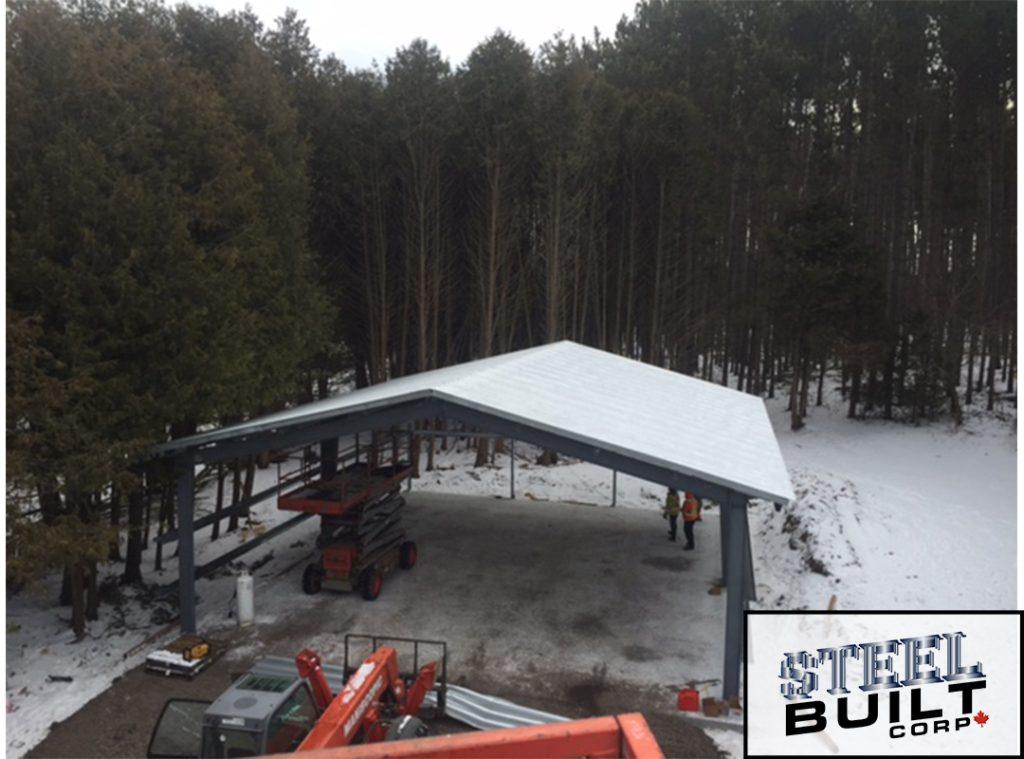Whether you're a seasoned craftsman, a hobbyist, or an entrepreneur looking to establish a creative space, the workshop building serves as the foundation of your endeavors. From woodworking to metalworking, ceramics to automotive repair, the design and layout of your workshop can significantly impact productivity, safety, and overall enjoyment. Let's explore some key considerations when it comes to crafting the perfect workshop building.
Purpose and Functionality
Before laying the first brick or erecting a single beam, it's essential to define the primary purpose of your workshop. Consider the type of work you'll be undertaking, the tools and equipment you'll need, and any specific requirements for ventilation, lighting, and storage. Whether it's a woodworking studio with ample natural light or a metalworking shop with industrial-grade machinery, clarity of purpose is key to designing a functional workshop.
Location and Space
The location of your workshop building can have a significant impact on its usability and convenience. Ideally, it should be situated in a location that is easily accessible yet provides sufficient space for expansion and future upgrades. Consider factors such as proximity to suppliers, ease of delivery for raw materials, and zoning regulations that may dictate the type of activities allowed on the premises.
Layout and Flow
Efficient workflow is essential in any workshop setting, and the layout of your building plays a crucial role in achieving this. Design your workshop with a logical flow of activities, grouping similar tasks together and ensuring that essential tools and equipment are easily accessible. Consider factors such as workflow bottlenecks, ergonomic considerations, and safety regulations when planning the layout of your workshop.
Lighting and Ventilation
Good lighting and ventilation are essential for creating a safe and comfortable working environment. Incorporate ample windows, skylights, or artificial lighting to ensure adequate illumination throughout the workshop. Similarly, invest in proper ventilation systems to remove fumes, dust, and airborne particles generated during the manufacturing process, promoting better air quality and reducing the risk of respiratory issues.
Insulation and Climate Control
Depending on your geographical location and the type of work you'll be doing, insulation and climate control may be crucial considerations for your workshop building. Proper insulation can help regulate temperatures, keeping the workshop comfortable year-round and reducing energy costs. Additionally, consider installing heating, cooling, or humidity control systems to create an optimal working environment, especially in regions with extreme weather conditions.
Safety and Security
Safety should always be a top priority when designing a workshop building. Incorporate safety features such as fire extinguishers, emergency exits, first aid kits, and adequate clearance around machinery to prevent accidents and injuries. Additionally, invest in security measures such as alarm systems, surveillance cameras, and sturdy locks to protect valuable equipment and materials from theft or vandalism.
Flexibility and Adaptability
As your needs evolve and your skills grow, your workshop building should be able to adapt accordingly. Design the space with flexibility in mind, allowing for easy reconfiguration of layout and equipment as needed. Consider future expansion possibilities, leaving room for additional workstations, storage areas, or machinery upgrades as your business or hobby grows.
Conclusion
Crafting the perfect workshop building requires careful planning, attention to detail, and a clear understanding of your needs and objectives. By considering factors such as purpose, location, layout, lighting, ventilation, safety, and flexibility, you can create a workspace that inspires creativity, promotes productivity, and provides a haven for your craft for years to come. So roll up your sleeves, sharpen your tools, and get ready to bring your vision to life in the workshop of your dreams.
